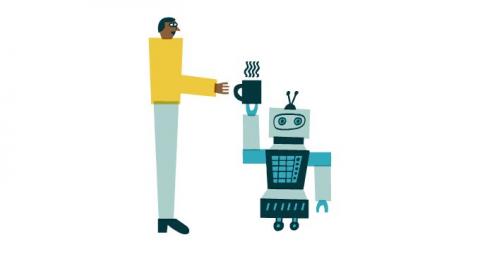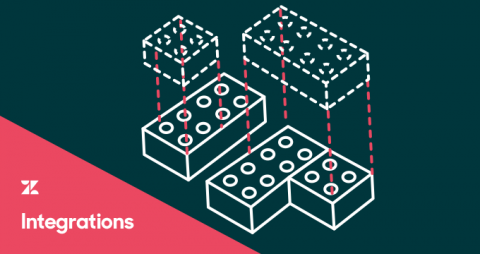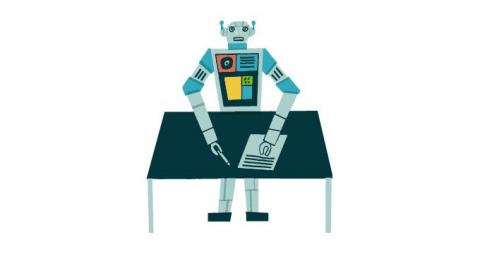Synchronized service: Citizen and Bulova merge with CX in mind
When two of the world’s most recognized fine watch brands, Citizen and Bulova, merged in 2018, they faced more than just the challenge of maintaining their distinctive identities, unique designs, and technologies. With one support organization having to serve customers for both brands, it became clear that streamlining the way the customer service team operated needed to be a priority—or else the customer experience would suffer. At issue?











